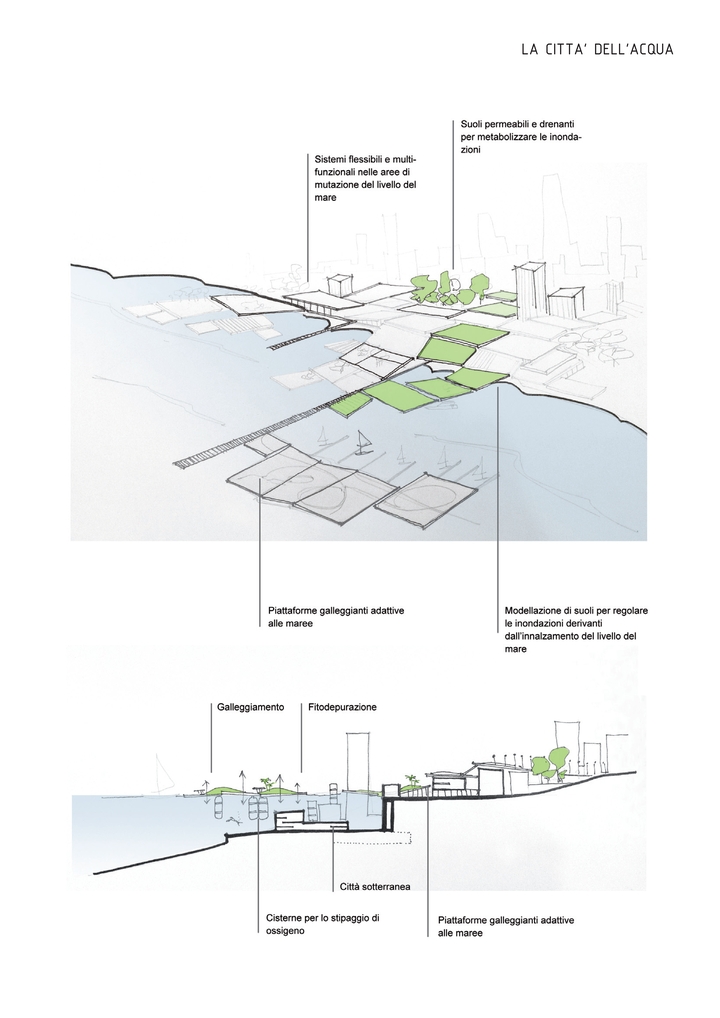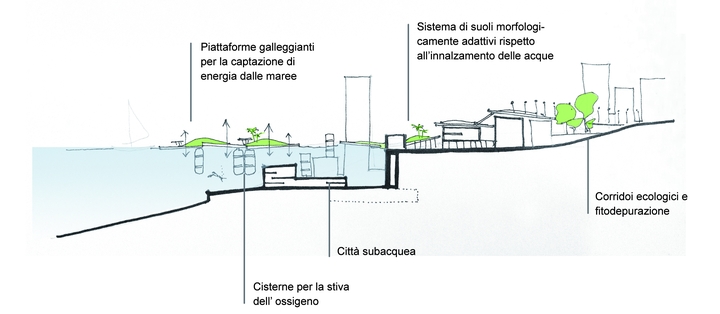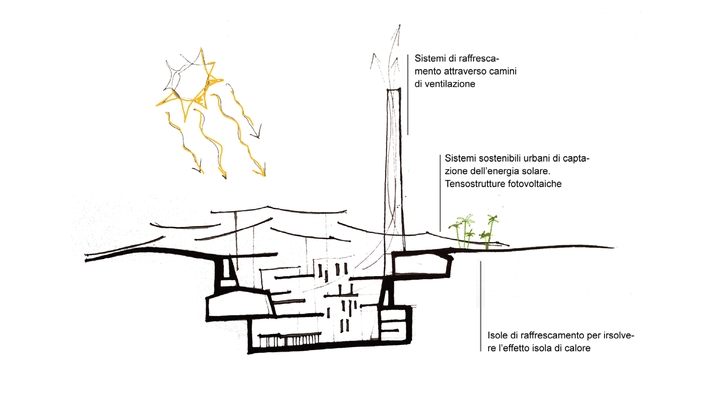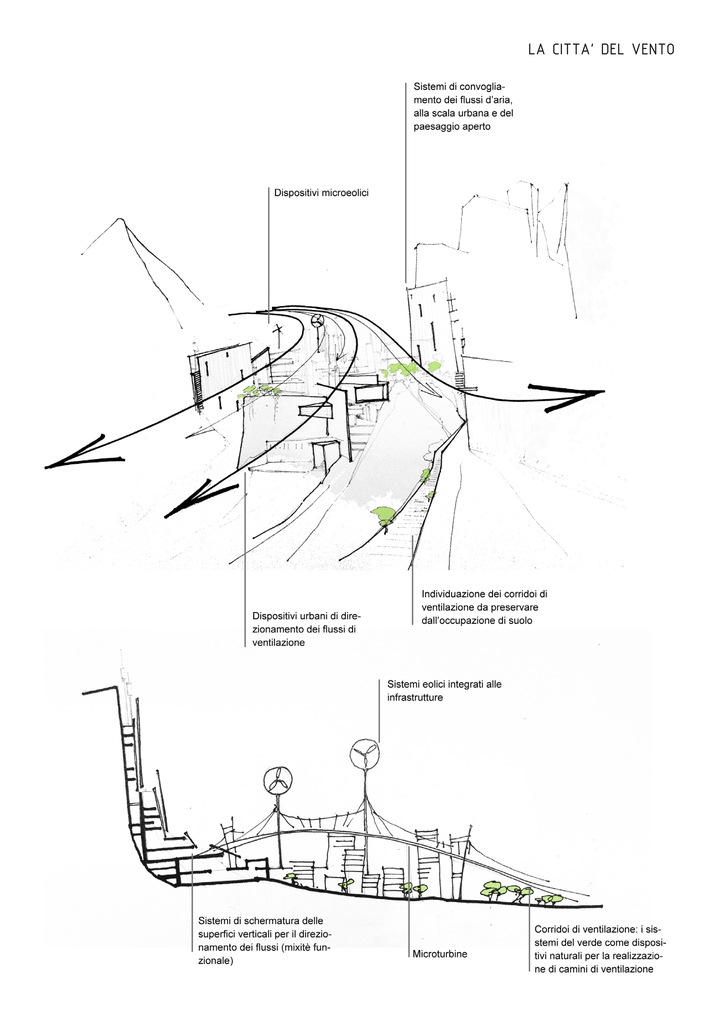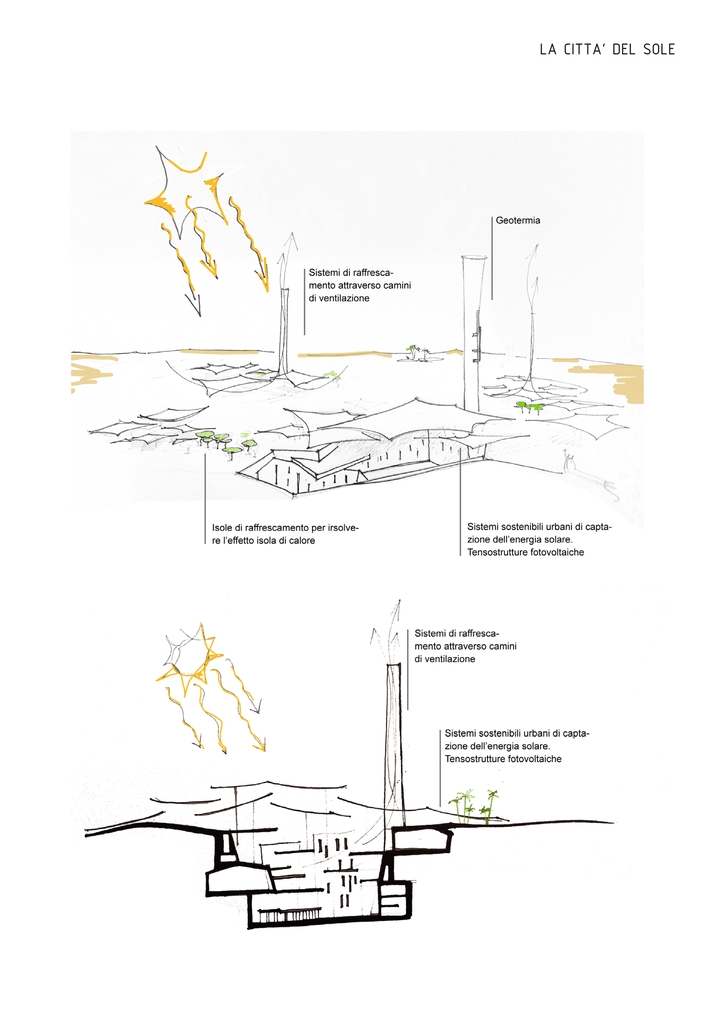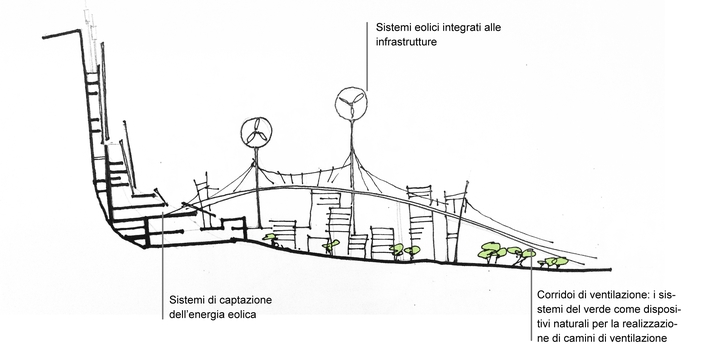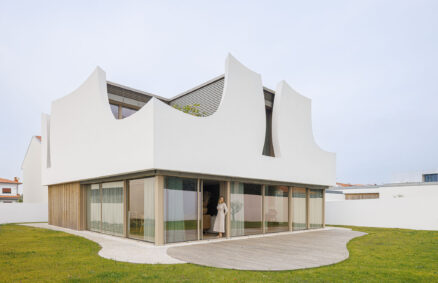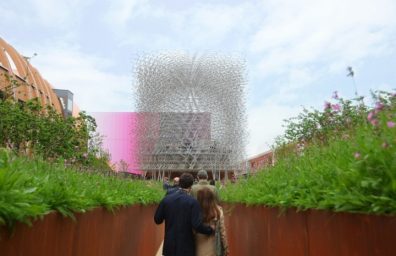Today, in the light of the experiments already under way, in Italy as abroad, the concept of Smart City it almost always rhymes with environmental sustainability and widespread use of information technologies, communication, mobility and energy efficiency in order to improve the quality of common life and reduce waste in the most disparate areas.
The city, however, are different from each other ... their form, their appearance is an extraordinary opportunity for a strong characterization and identity can become the place to discover the technologies and the most advanced solutions. Not only, therefore, energy efficiency, pollution reduction and sustainable mobility.
Zo_Loft It offers a new variation of the concept of "Smart cities", Through a ecological-adaptive response to the complex issue of climate change. The reflection concerns environmental problems, more specifically those related to the inability of XNUMXst century cities to respond adequately to the often extreme demands of the climate. In light of the many cases in which technology has shown only partial reliability, the reaction of such systems to even unexpected calamitous phenomena must be anticipated. This new form of intelligence underlies the image of a city that reacts to climatic stresses, in terms of shape and structure, therefore in terms of morphology. The redevelopment of critical areas, subject to flooding, flooding or flooding of watercourses, will have to interpret the "new geography of risk", as an outline for the construction of a "new culture of risk" and a new active landscape, capable of react to extreme events, changing towards new formal and functional meanings.
The mitigation strategies, aimed at reducing climate-altering emissions, will not in fact be sufficient to prevent the occurrence of extreme climatic events. The cities of the future will have to adapt to climate change, introjecting a 'new geography of risk' as an opportunity for a project to be read in filigree and to be translated into new flexible forms of space. Possible adaptive cities are hypothesized: the city of the wind, the city of the sun and the city of water, resilient not only through new technologies, but above all through sustainable urban morphologies, therefore a new form of urban intelligence. Finally, a new control tool for smart cities is hypothesized: the PRD (Priority Rating Diagram) through which it is possible to measure urban priorities, the quality of the project and the ability to respond to new climatic risks.
"It will not be the intelligence of machines or the automation of processes that - alone - will save our cities but the ancient wisdom - mixed of ingenuity and cunning - which has allowed" Mediterranean "heroes like Ulysses to solve problems almost to the beyond the reach of man as are those that cities will place in the near future. " (Andrea Granelli)
